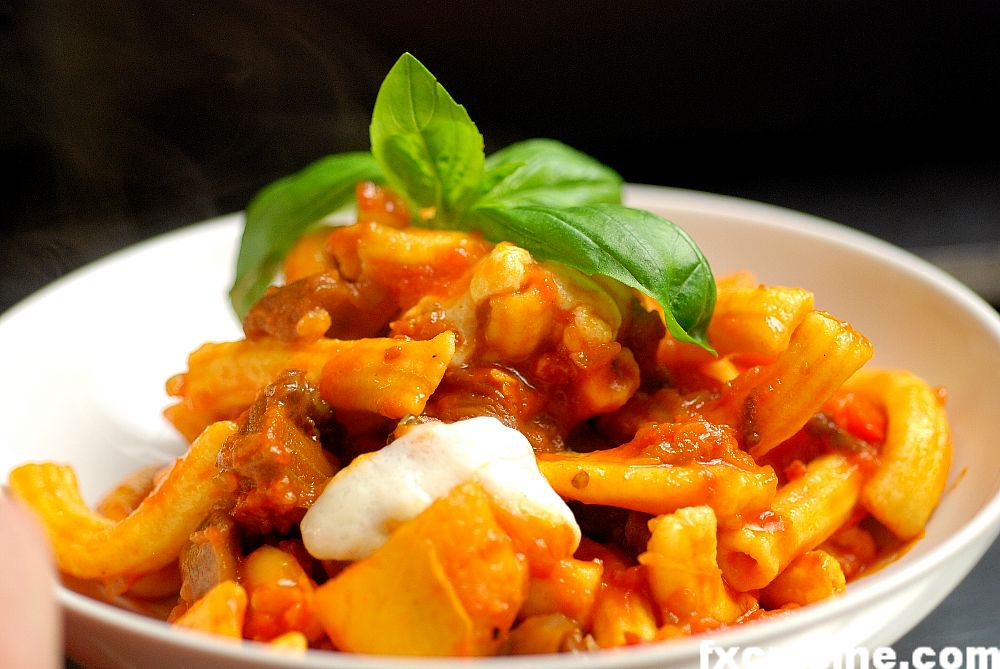Some lucky people eat their mother's cooking well into their adult lives. My wife, Shefali, said good-bye to that utopia ten years ago when she packed her bags and headed to college in America. She's lived in the U.S. ever since, but still craves her mother's chicken curry, tikka masala, koftas and biryani. We've found some decent Indian restaurants in Durham and Chapel Hill, but none of them recreate the "home food" that she remembers and craves.
While no one can match her mother's cooking, we got pretty close this weekend when we visited
Vimala's Curry Blossom Cafe in Chapel Hill.
The small restaurant features outdoor seating in a courtyard just out of sight from Franklin Street, Chapel Hill's main drag. We followed our noses behind a Malaysian joint, then past a pizza parlor and crepe shoppe. Dodging huge trays of thalis on our way in, we gawked at a simple but exciting menu written on a chalkboard overhead.

Vimala's is a farm-to-fork establishment, so the meats, produce and dairy products come from local farms. Shefali ordered the beef curry, which came with rice, daal, cauliflower, pappad and yoghurt.

I got the Bombay-style fish and chips - a king mackerel steak, lightly seasoned and fried, resting on a bed of rice. The fries were coated in garam masala and featured green chutney as a condiment instead of ketchup. There was also a small seasonal salad.

Because our eyes are notoriously bigger than our stomachs, we couldn't resist trying a side tandoori chicken as well.
Everything was excellent, especially the chicken and fish. Vimala herself circulated the dining area while we ate, carrying patrons' children, getting feedback on the night's special menu items and offering recommendations for customers who had just walked in. She spoke to us for several minutes about Bombay and the inspiration she gets from the street food when she visits. While it wasn't quite home food, Vimala made sure we'd eat it in our Durham home later that weekend, as she packed Shef's leftovers in a to-go box and added extra servings of fresh beef, rice and daal.
Home food is as much a state of mind as it is a meal. In Bombay, we can smell the aromas in the kitchen before, during and after the meal. We're comfortable eating familiar food around family and friends. The atmosphere's casual and conversation easy. Vimala's recreates this state of mind in its own progressive way. We placed our order with her daughter, Manju, and watched people from all walks of life - groups of college students, working professionals, retired couples and everything in between - smile at the children running underneath the tabletops and peek at the food on neighboring tables. The food was simple but thoughtful, and the quality of the ingredients shined.
Every couple of years, we take the 20-hour flight home to Bombay for a meal. When we're not traveling, we'll gladly settle for a 20-minute drive to Vimala's in Chapel Hill.



























